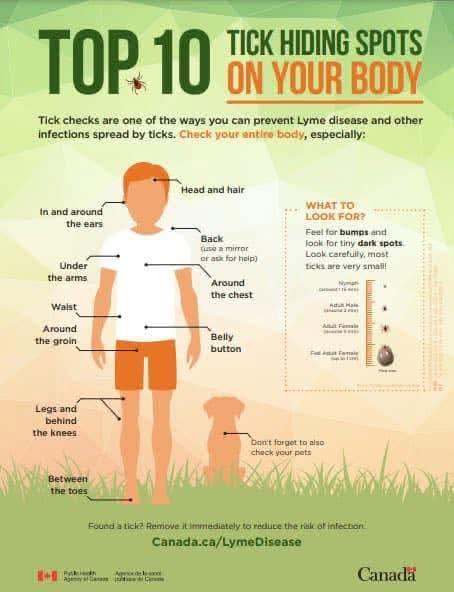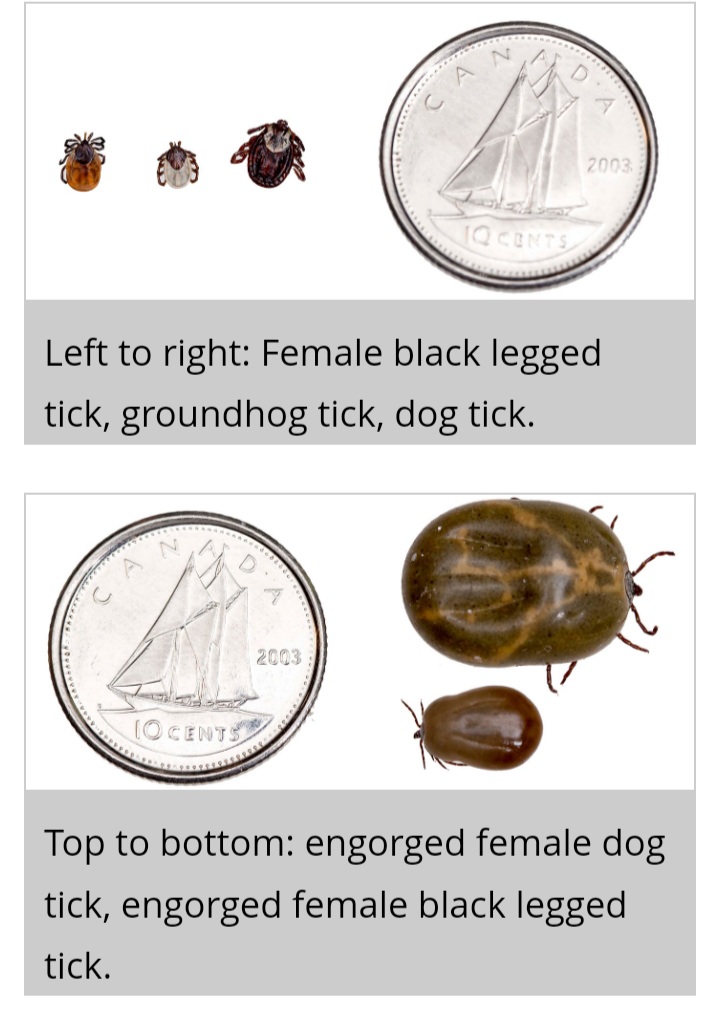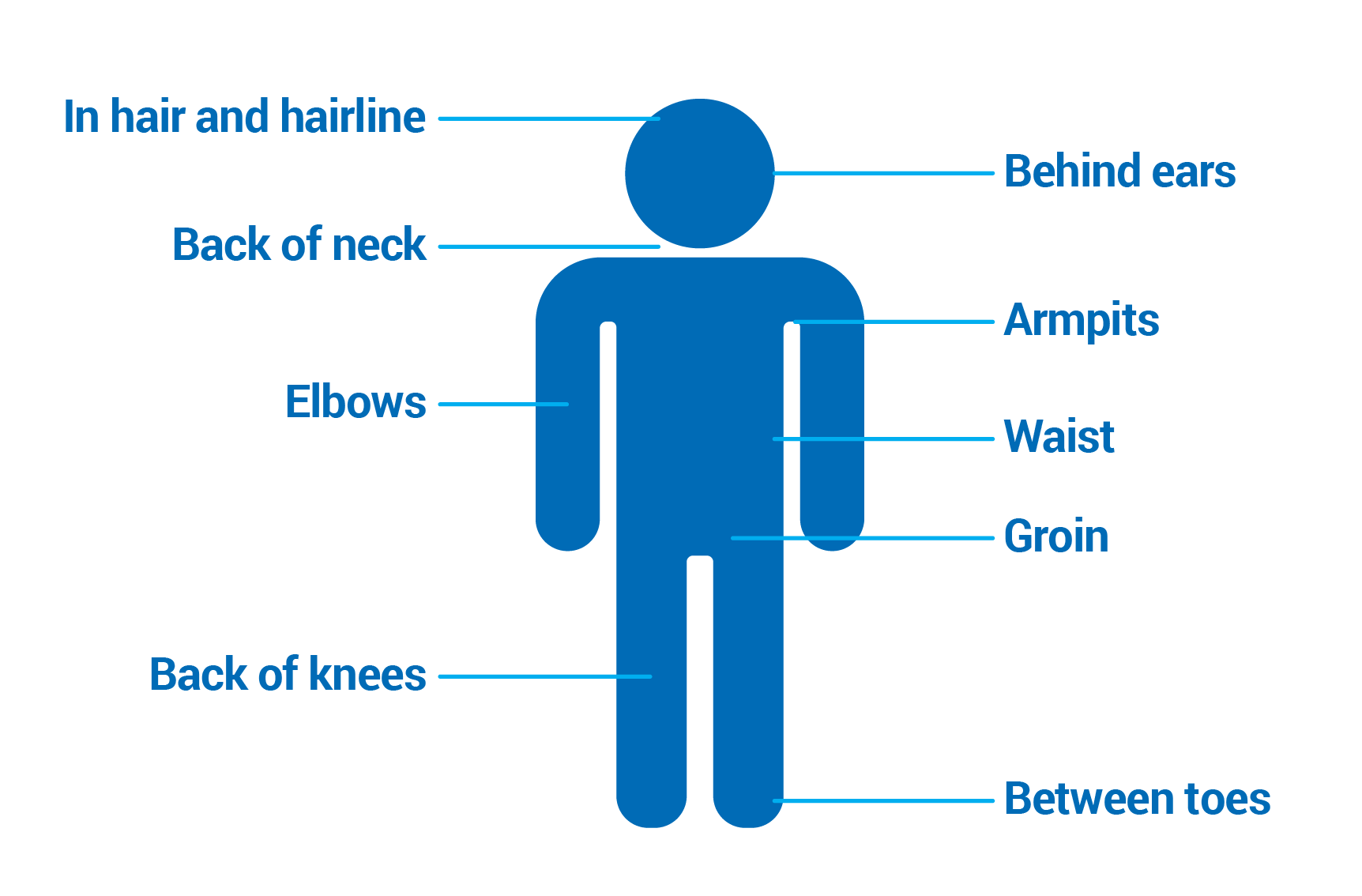**** Via REMO Kings Cty
Get the facts on ticks and tick-borne diseases. There are many myths!

𝐌𝐘𝐓𝐇: Chronic Lyme Disease will go away on its own over time.
𝐌𝐘𝐓𝐇: Lyme advocates are ‘anti-science’.
𝐌𝐘𝐓𝐇: Lyme disease is the ‘disease du jour’.
𝐌𝐘𝐓𝐇: If the patient doesn’t look sick, they can’t have Lyme disease.
𝐌𝐘𝐓𝐇: Lyme disease testing has a ‘gold standard’ in Canada.
𝐌𝐘𝐓𝐇: I was tested for Lyme disease at the provincial lab and the results were negative. I guess that means I can’t have Lyme.
𝐌𝐘𝐓𝐇: There’s no reason to treat Chronic Lyme Disease since people don’t get much better.
𝐌𝐘𝐓𝐇: All Lyme victims develop a “bull’s eye” rash.
𝐌𝐘𝐓𝐇: You can’t contract Lyme disease in the winter.
𝐌𝐘𝐓𝐇: Lyme-infected ticks only live in rural parts of Canada.
–
As the temperatures begin to warm up, a friendly reminder to be wary of other warm weather fans too- Tick safety
**** NS Government Release
Tick safety

Ticks like moist and humid environments and can be found in or near woods, shrubs, leaf litter, long grass, urban parks and gardens. They are very small, which makes them hard to spot and their bites don’t hurt, which makes it difficult to know when you’ve been bitten.
Tick-borne illnesses are preventable by taking some simple precautions.
Reduce your risk
- Wear long pants and long sleeves in areas likely to have ticks
- Wear light coloured clothing – its easier to see ticks
- Wear enclosed shoes and tuck your pants into your socks
- Walk on well-travelled paths, avoiding long grass and vegetation
- Apply insect repellents containing DEET or Icaridin to exposed skin and clothes. Follow directions on the package carefully. Permethrin treated clothing repels and kills ticks when they come in contact with it and is now registered for use in Canada for those 16 years of age and older.
Check for ticks
- Check yourself and your family for ticks after being outside
- Having a bath or shower within two hours of coming inside makes it easier to spot ticks and wash off unattached ticks
- Ticks like warm places on the body. Remember to check:
- around ears
- behind knees
- in the hair
- between the legs/groin area
- around the waist

- If you see a tick, remove it safely (see below)
- If you have pets that spend time outside, make tick-checks part of your daily routine. Dogs can’t transmit tick-borne illnesses to people, but ticks are hitchhikers. They can enter your home on your pet and move to you or another family member.
- Put clean and dry outdoor clothes in a dryer on high heat for at least 10 minutes to kill any remaining ticks
Remove a tick safely
- Carefully grasp the tick with tweezers – the pointier, the better – as close to the skin as possible
- Gently and slowly pull the tick straight out of the skin. Do not jerk, twist or squeeze it
- Once the tick is removed, clean the area of the bite with soap and water or alcohol hand sanitizer.
- Make a note of the date and where on the body the bite occurred. This will be important if you, or a loved one, begin to feel unwell.
Disposal of ticks
Once removed, flush the tick down toilet, drown in rubbing alcohol or freeze in a plastic sealed bag prior to putting in the garbage. Avoid crushing ticks with exposed fingers.
Tick identification
To have a tick identified please visit eTick.ca for more information.
Signs and symptoms of Lyme disease
Only the blacklegged tick can transmit Lyme disease, and in most cases, a tick carrying the bacteria that can cause Lyme disease must attach and feed for at least 24 hours before the bacteria can be transmitted. Lyme disease is treatable with a short course of antibiotics.
Symptoms of Lyme Disease include:
- Rash (sometimes shaped like a bull’s eye)
- Fever
- Fatigue
- Muscle aches
- Joint pain
- Headaches
These symptoms may appear in stages, or over time.If you’ve been exploring outdoors, especially in wooded areas, forests, areas where long grasses and/or shrubs are present, or have found a tick on your body, and show these symptoms, see a healthcare provider.



